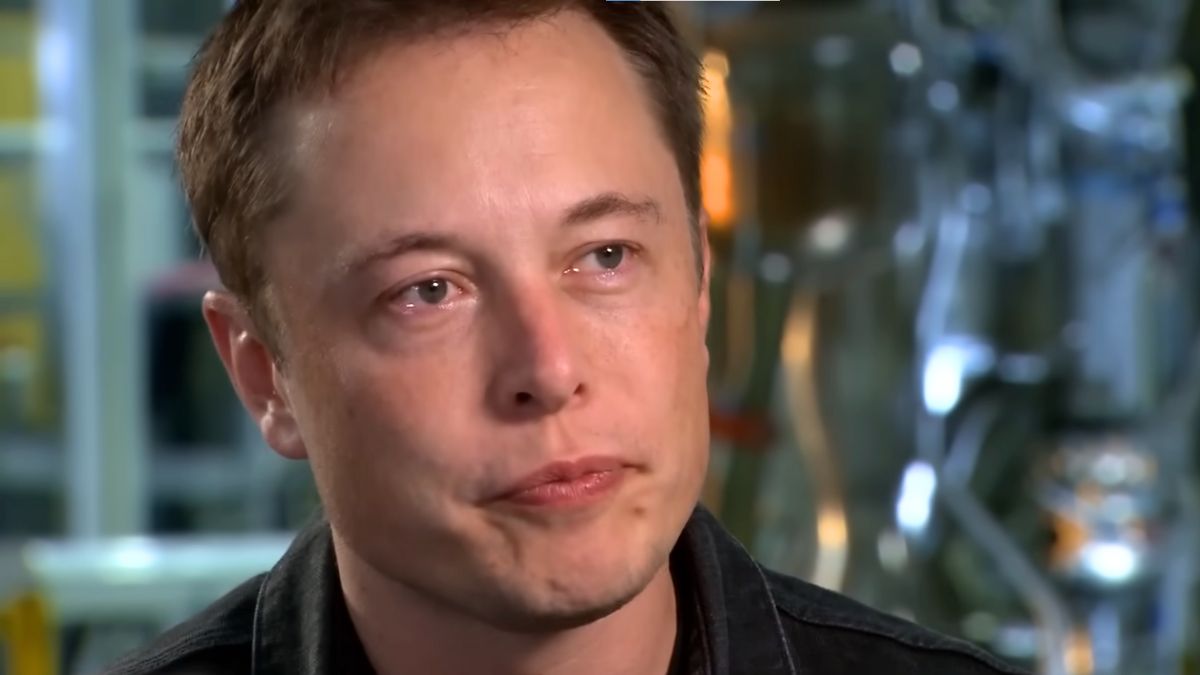Asteroid 1950 DA, a kilometre-long object that could hit Earth, is basically a group of rocks held together by van der Waals forces.
Science takes its study of interstellar asteroids pretty seriously, partly because they contain resources that might help humanity, and partly because one could wipe out all life on Earth. Consider 1950 DA, a kilometre-sized asteroid with a fairly high chance of hitting the Earth in 2880. While “relatively high” isn’t the same thing as “we’re all gonna die”, astronomers are keeping a close eye on it just in case. From these studies, they’ve gleaned something interesting: 1950 DA is basically a pile of rubble that isn’t held together by gravity at all.
Previous studies have suggested that some asteroids are a loose collection of space junk instead of a cohesive rock; even our own moon may be a combination of Earth and space debris. Scientists presumed this rubble-pile asteroids were held together by gravity and friction, but that simply cannot be the case with 1950 DA. This asteroid is rotating so quickly that it should be negating gravity and disintegrating, flinging its body apart in the process. Instead, the asteroid may be held together by van der Waals forces, a bond between individual molecules. You’ve probably seen van der Waals forces in action on Earth; it’s the same phenomenon that lets geckos walk along walls and ceilings.
But what does this mean for scientists studying asteroids? Well, if 1950 DA is about to hit the Earth, firing rockets wouldn’t deflect it. Instead, the whole thing would disintegrate and Earth would be hit by multiple asteroids instead of a large one. It also means that if astronauts want to land on it, whether to deflect it or mine for resources, the spin could potentially fling them from the surface. Even if it doesn’t, disturbing the surface of the 1950 DA just a little might cause the disintegration effect.
Now, breaking up an asteroid into smaller pieces wouldn’t be so bad if they just burst in the atmosphere, which happens all the time. But what’s more likely to happen is that we’d need to shoot down multiple killer space rocks like it’s an real-life game of Asteroids. Some other solution would be needed, but on the bright side, at least we have over 800 years to figure it out.
Source: Nature, via Tech Times





Published: Aug 18, 2014 09:00 pm